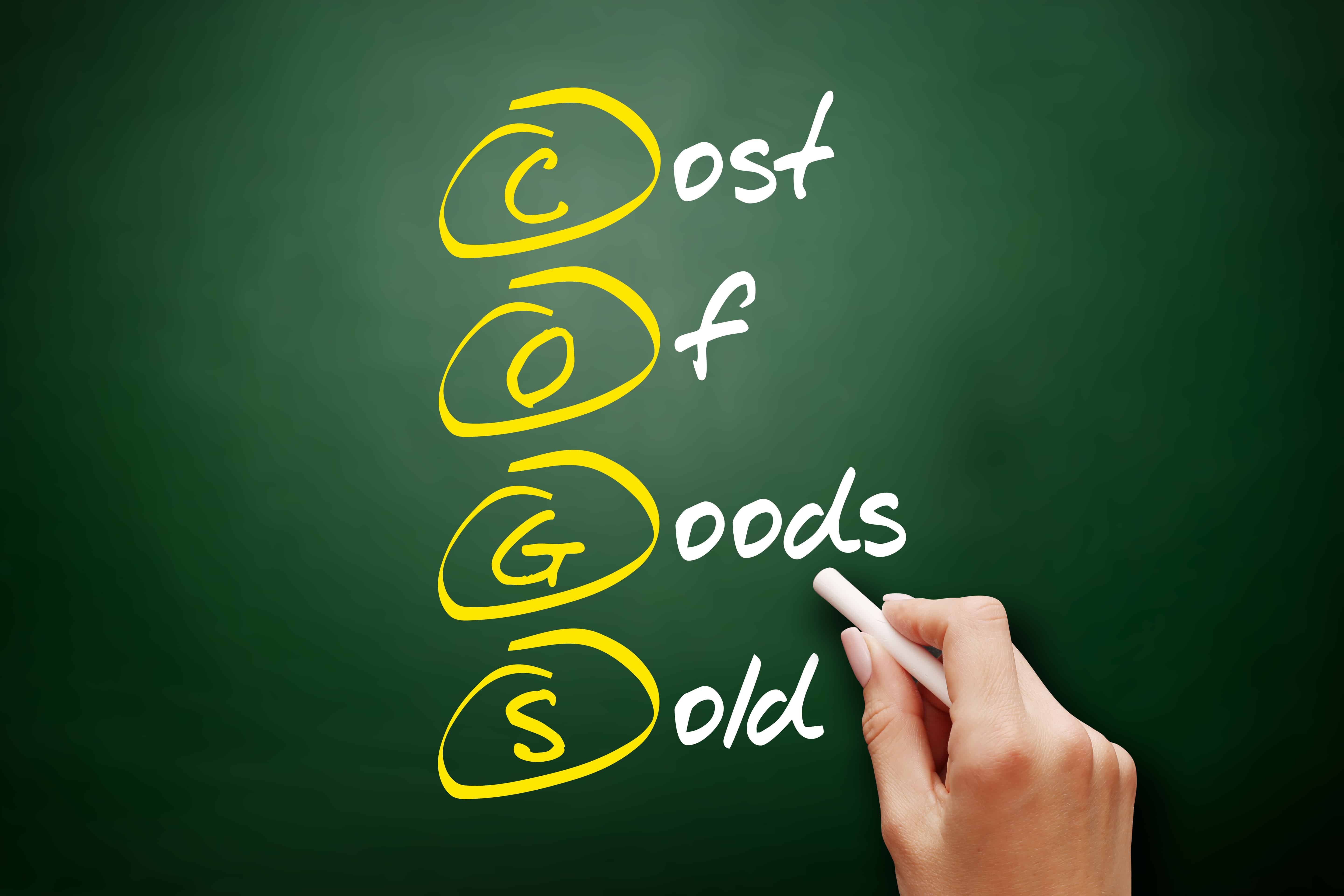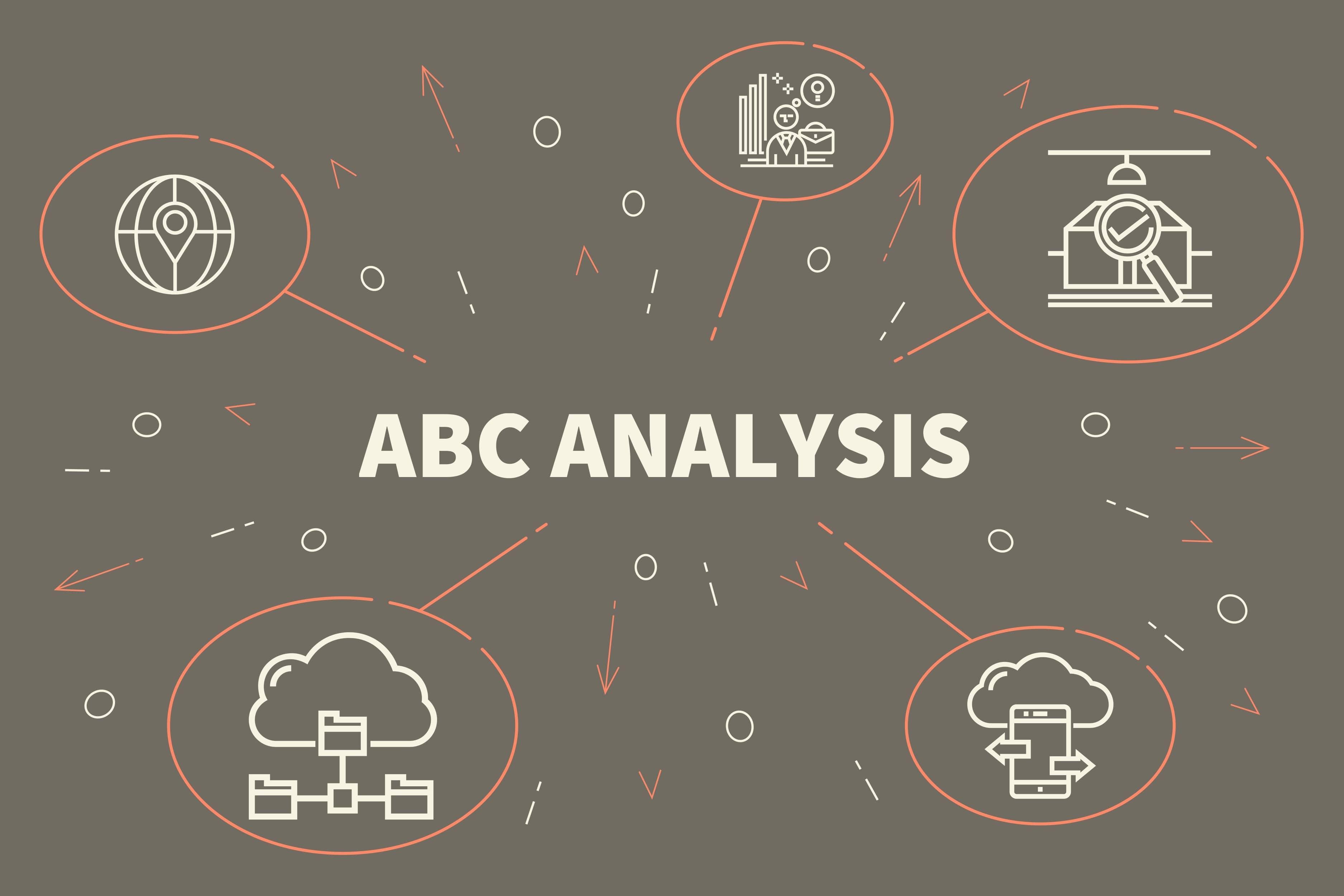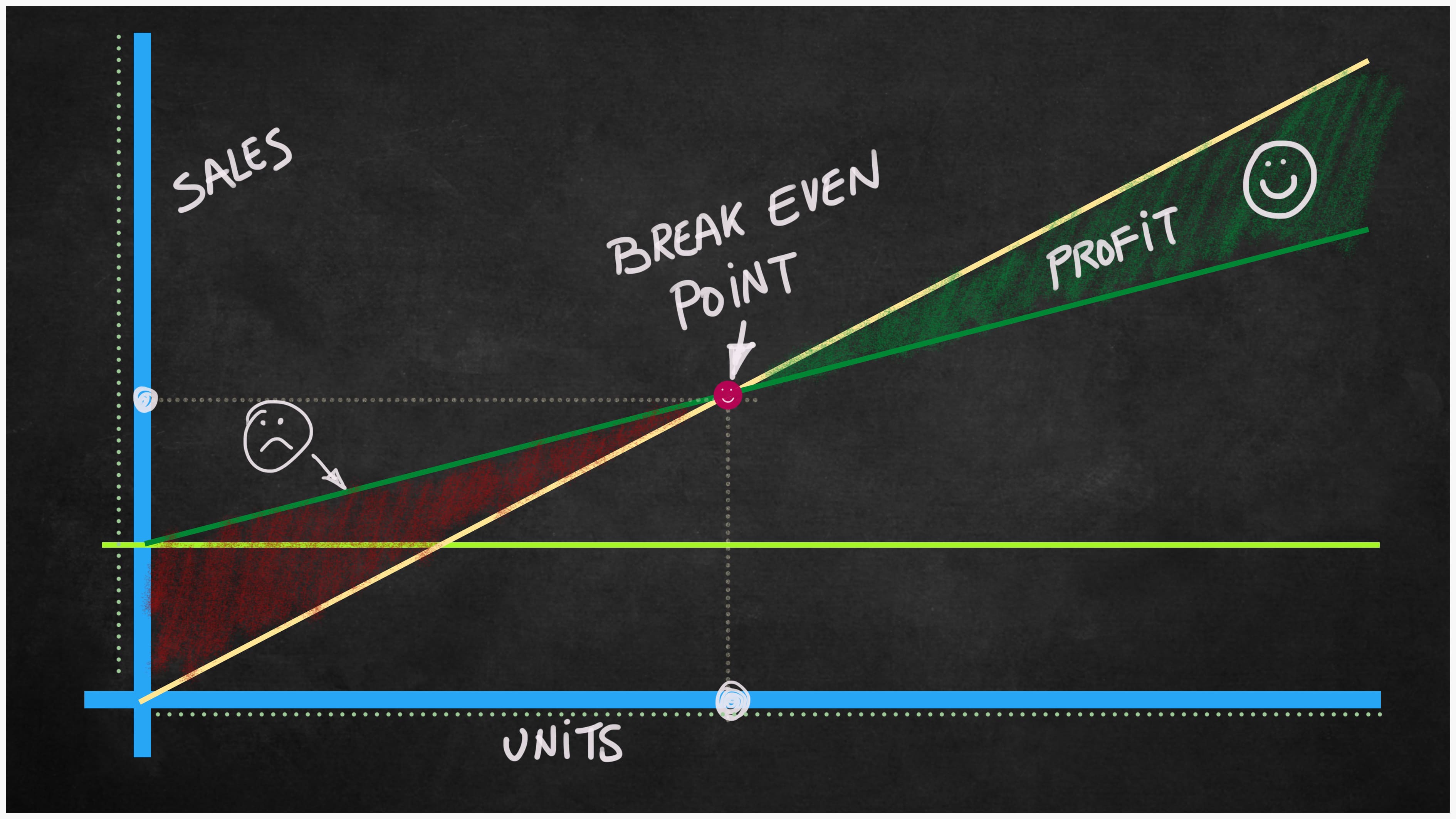Predictive Analytics = Machine Learning?
In short, no. Although they work hand-in-hand, predictive analytics and machine learning are not exactly the same thing. Let me explain.
Recommended for you Machine learning is defined as a subset of artificial intelligence in which processes are automated by using sample data and pattern recognition to enable systems to carry out tasks without being specifically programmed to do so. Machine learning uses algorithms to build models to make predictions without the need for human supervision. These algorithms are used in many automated tasks, such as email filtering and network security, and uses iterative processes to continue to learn and independently adapt when provided with new data. It’s not a new concept by any means, but it is one that has been refreshed, evolved and become more useful than we could have imagined only two decades ago. Your shopping suggestions, based on what you’ve looked at or bought before? Targeted ads? Your Netflix and Pandora feeds? They’ve all been developed through machine learning, using the input from you to learn your patterns and preferences in order to accurately recommend products, services and entertainment tailored to you
Peer into the crystal ball Machine learning resides underneath the umbrella that is predictive analytics, which, along with other statistical techniques, such as data mining, and uses established patterns to identify likely future outcomes. The predicted outcomes could include consumer behaviors, market fluctuations, credit worthiness and more. Predictive analysis is used in industries across the board, from marketing to insurance, telecommunications to credit score calculation, even healthcare.
So, predictive analytics, as more of a concept than an operation, predicts outcomes based on historical statistical data while machine learning is a process – the result of evolution in pattern recognition. The models which are created eventually ‘learn’ to make accurate decisions backed by the algorithmic data it processes.
Predictive analysis software solutions use built-in algorithms to create predictive models. The algorithms – classifiers – indicate what categories the data belongs to.
The most commonly-used predictive models are neural networks, decision trees and logistic regression. Modeled after the the human brain’s neurological processes, neural networks are used to solve complicated patterns and are extremely helpful in analytics involving large data sets. They are able to decipher nonlinear relationships, even if some of the variables are unknown. Decision trees are produced by algorithms to analyze data by grouping it into branch-like subsets based on input variables, effectively tracing the path of ‘thought’ leading to a decision. Regression analysis works to identify patterns and relationships in large, diverse sets of data.
Less-common classification algorithms include time series analysis – a series of data points indexed in time order; cluster analysis – grouping like variables together; and outlier detection (also known as anomaly detection). Furthermore, algorithms can be used together to achieve better predictions than by using one lone algorithm; these combined algorithms are called ensemble models.
These unique classifiers approach data in different ways, so to get the needed results, the right classifiers need to be put into use.
How does predictive analysis help you win at retail?
No matter how much data an organization generates, if it can’t be properly utilized, that data is rendered useless as an untapped resource.
Enter EDI 852 Your EDI 852 data can tell you a lot about your business. Some insights provided by your EDI 852 include:
Items out of stock, almost out of stock, or overstock, measured in units on hand. By isolating each of your items at a store level and applying filtering for your desired min/max inventory position, you can quickly determine an average units sold during a specified time frame, then use this to calculate inventory weeks (or days) supply on-hand. Supply on-hand is a predictive indicator that will identify trends and alert you to take action if/when needed.
Top- and bottom-selling items. Obviously this is measured in units sold. Identifying top items at a store-by-store level over time will uncover trends in consumer behavior and preferences that are helpful in knowing what items to continue (or discontinue) carrying and at what price points the items sell the best/worst. These predictions will help you make smart decisions regarding ordering, stocking, scheduling, plan-o-grams, and more factors that affect your bottom line.
Period-over-period and regional comparisons. Comparing sales and inventory for similar periods of time and by geographic region will help you adjust your inventory min/max. Using algorithmic predictions, your analytic software can automate some, if not all, of these processes.
Most EDI 852 data arrives with very basic measures for units on-hand and units sold. By creating the right ensemble models of algorithms, analytic solutions can do the EDI 852 translation, database storage and number crunching, meaning your focus can remain on growing your team and improving your bottom line.








